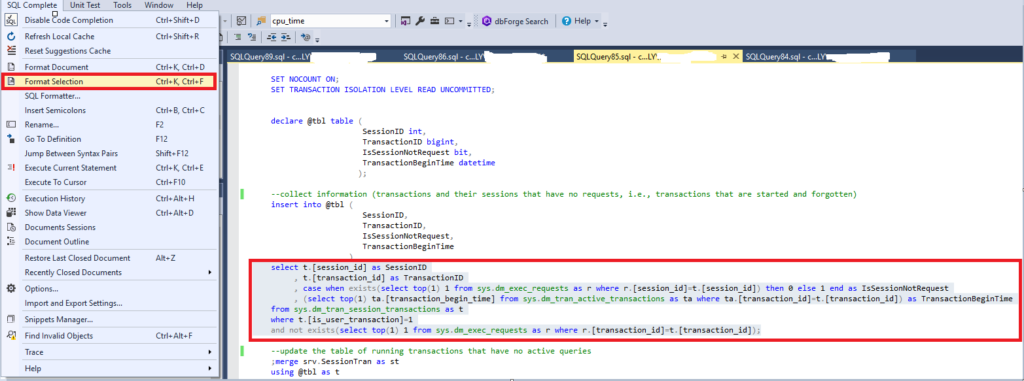

The most common causes for duplicates are: Overall, a duplicate cell in Google Sheets can cause problems with your data if you’re not careful, especially when sorting financial information into a helpful spreadsheet. For more information on pivot tables, see the Alphr tutorial on creating, editing, and refreshing pivot tables in Google Sheets. Still, it gives you a specific report about your duplicate entries’ locations, which can be helpful for data analysis. The pivot table changes to show the new adjustments.Īs previously mentioned, the pivot table method is a little more involved, especially since you need to adjust the formula if your data contains three or more identical cells.If you want to view a different column, you can redo the steps above (to preserve your previous results) or reopen the pivot table editor and change the existing table.The new pivot table identifies all duplicates, as shown below.Now, select “Add” next to “Values” and choose the “same column as above,” but set it to summarize by “COUNT”or “COUNTA.” It should already be the default.If you lose the pivot table editor, click on a populated cell to bring it back. Select your desired column from the drop-down menu. Choose “ Add,” which is next to “Rows.” This step chooses the column for finding duplicates.Adjust the cell range if needed, then select “Create.”.Select “all the table data,” then go to “Data -> Pivot table.”.Once complete, you can check entries manually or import your data into your working spreadsheet. Press “Enter” to move your new data to the earlier designated column.Type the “cell coordinates” of the original column inside the parenthesis, such as: (A3:A9).It should naturally get placed in the top cell. While highlighted ( do not click a cell), paste the following formula: =UNIQUE(). Click on a “blank column” where you want the unique entries to appear.This process records the column range for the next step. Open the “Sheets document” you wish to sort.If you are sure that your information is correct and would prefer to remove the duplicates instead, try the method below. This process delivers faster sorting and filtering. If you prefer to sort your raw data automatically, it is best to copy all non-duplicated cells. Copy Unique Cells in Google Sheets for Easy Removal of Duplicates Finally, you can close the formatting menu and restore the standard color to your cells. Once you confirm the copycat cells that you do not need, delete them. They can be the same number for two different accounts, users, employees, etc. Make sure any duplicates are correct, as some copies are not associated. Image #2: shows all duplicates while selecting row 1 cells as the first cells (A1 and B1): Image #1: shows missed duplicates when selecting row 2 cells as the first cells (A2 and B2): Once row 1 was added (A1:B9), it found all copies. It missed a couple of duplicates in the selected field (A2:B9). The formula does not like using row 2 as the first column. Note: It is best to highlight a column’s cells starting with row 1 rather than choosing cells in the middle. Your spreadsheet highlights your duplicate cells in the color you chose, so now you can scan the selection for any authentic duplicates. Click “Done” to save changes, review your duplicates, and delete those you find as legitimate copies.

Under the “Formatting style” section, select the “Fill color icon” to highlight your content with a yellow (or any color of your choosing) cell background.Paste the following “formula” into the box located under the “Custom formula is” option:.Under “Format rules,” change the drop-down section titled “Format cells if…” to “ Custom formula is.”.Select the “range” you want from the new menu that appears.In the drop-down menu, select Conditional Formatting.In the menu bar at the top, select “Format.”.Open your “Google Sheets file.” and highlight the “column or columns” you want to edit.When it comes to identifying errors in your spreadsheets, using highlights to spotlight any incorrect information is another good way to go. Highlight Duplicates using Colors for Easy Removal A great way to do that is with color highlighting. Using Google Sheets’ built-in “Remove Duplicates” feature is the most straightforward way to eliminate duplicate entries, but sometimes, you might want to review the copies before removing them. Google Sheets displays how many copies were found and removed so that you can ensure the process worked as intended.Mark the boxes next to each column in the list you want to check, or you can check off the “Select All” box and then click “Remove duplicates.”



 0 kommentar(er)
0 kommentar(er)
